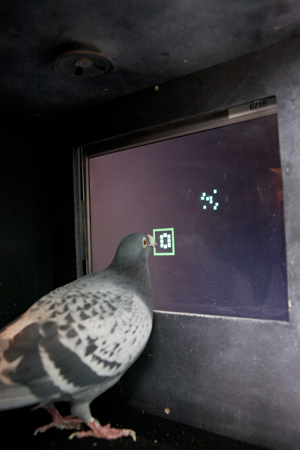Flora & Fauna Roundup
Researchers have discovered what makes buttercups so shiny.

Researchers have used reprogrammed human cells to create new muscle tissue in mice.
Like humans, chimpanzees associate high-pitched sounds with bright colors and low-pitched sounds with dark colors.
A blood test reveals how well a patient may respond to a particular antidepressant.

Computer scientists have developed a mathematical model to predict a drug’s side-effects before they can harm patients.
Some of the most potent antibiotics and insecticides come from animals. Researchers have identified some promising new candidates, derived from ants …
New fabric coatings could allow clothes to clean and disinfect themselves simply by hanging out in the sun.
Surgeons, like athletes, may benefit from learning to use their eyes like experts.
The brains of would-be London taxi drivers get bigger during their multi-year training for the job.
Researchers have created a combination of fool’s gold and silicon that could be used to make inexpensive solar cells.
Researchers hope to stave off depression by training kids to gravitate toward positive images.
A drug that cuts of the blood supply to fat cells resulted in significant weight loss in obese monkeys.
Paper wasps, which can recognize each other, seem to process faces in ways similar to humans.
